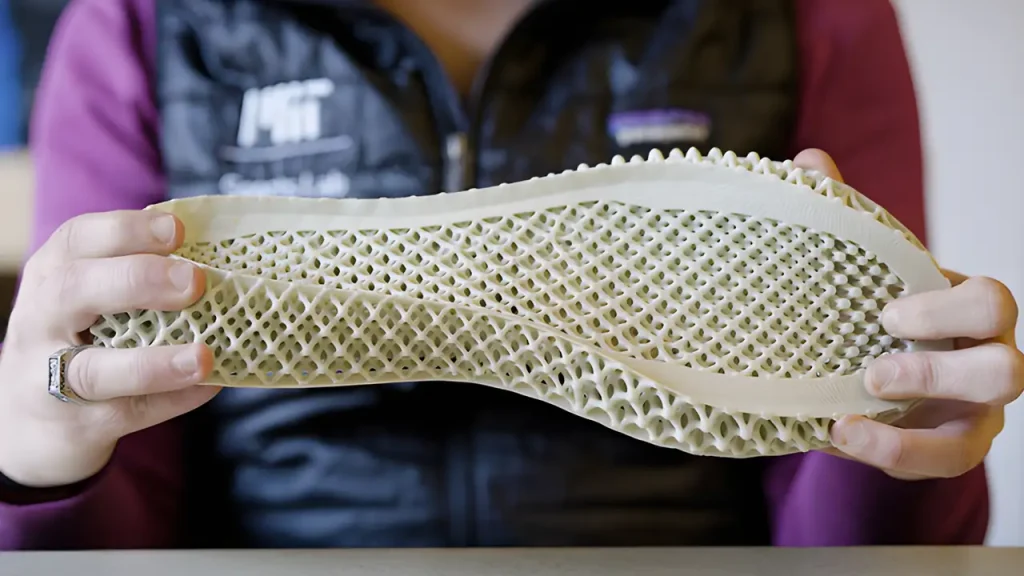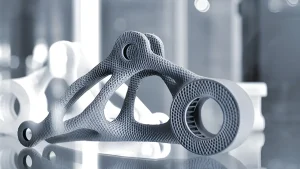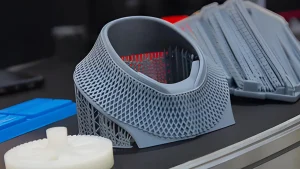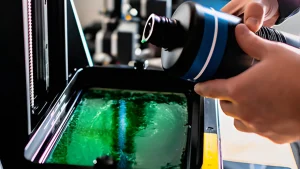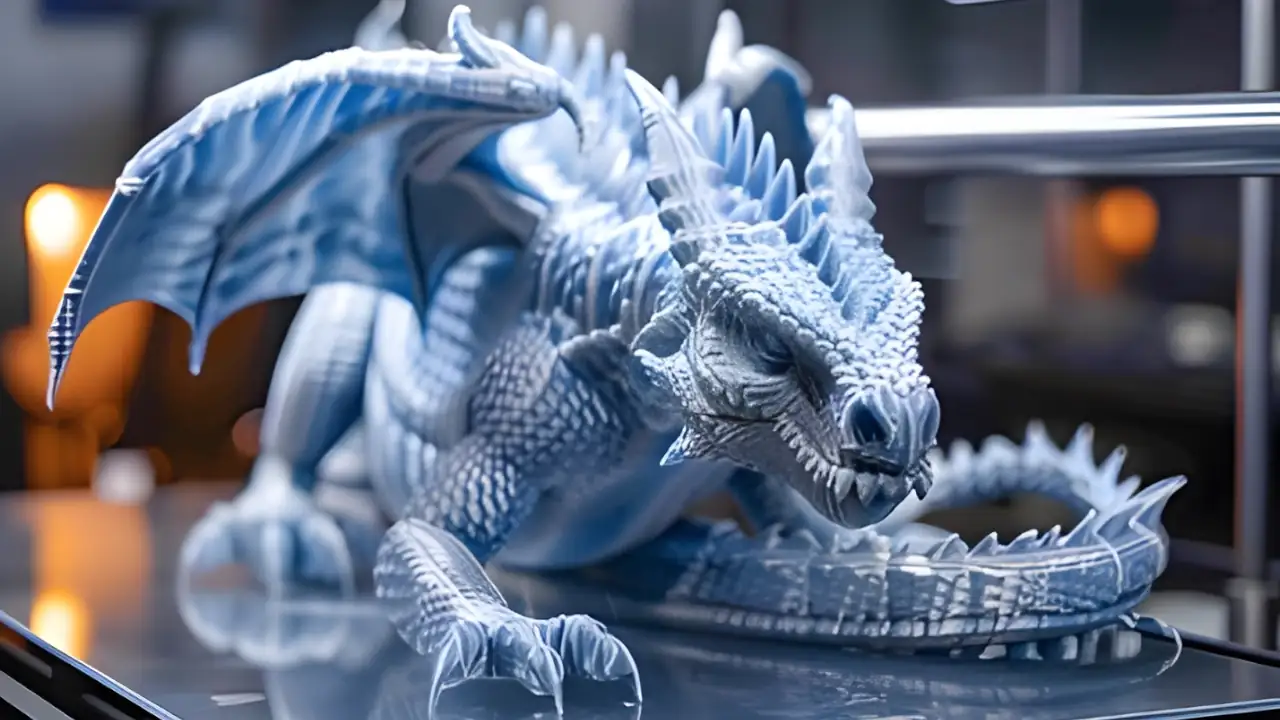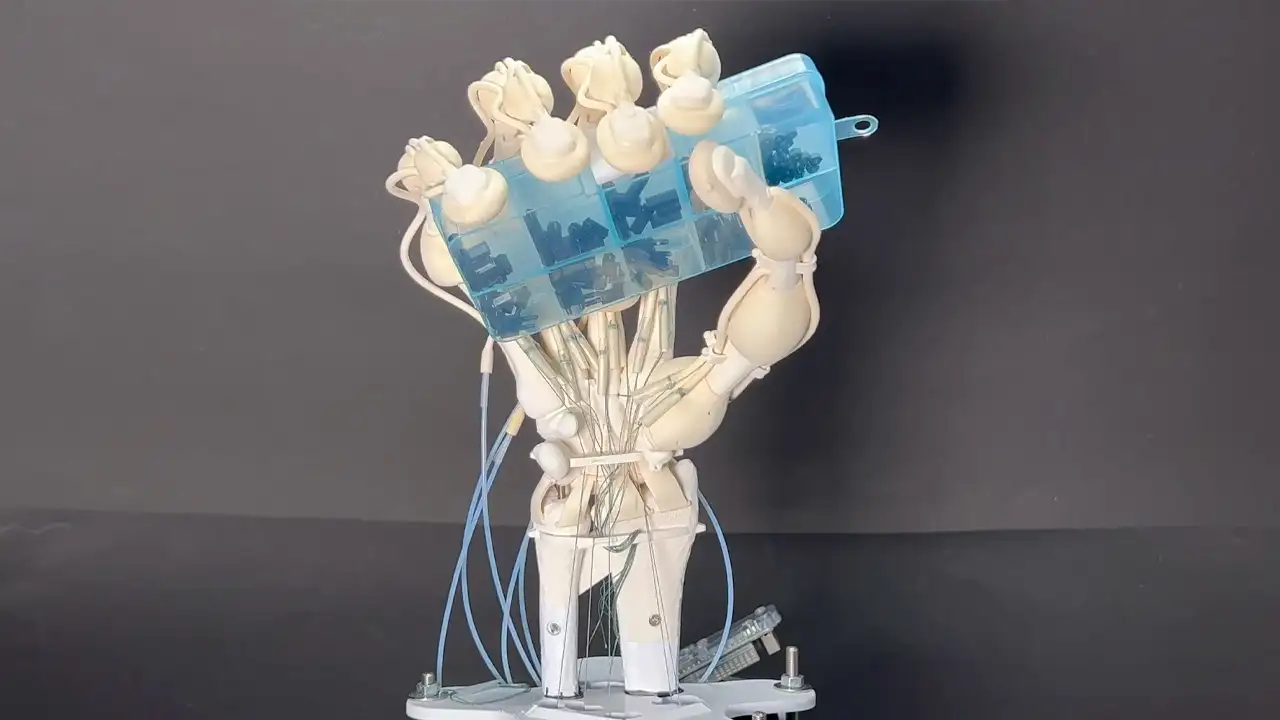The athletic footwear industry is experiencing a groundbreaking transformation, with 3D printing taking center stage. This technology has empowered brands like Nike and Adidas to design high-performance shoes with unmatched precision, comfort, and sustainability. From innovative midsoles to complex lattice structures, 3D printing is reshaping how we think about performance footwear.
Nike and Adidas: Leaders in 3D Printed Shoes
Nike has taken a bold step into the 3D printing world with the introduction of its first-ever 3D-printed shoes, the Nike Vaporfly 4% Flyprint. Unlike traditional methods, Nike’s 3D printing technology uses a unique process to create lightweight, breathable uppers that offer a precision fit for the wearer. These shoes are designed to reduce weight without compromising on durability, helping athletes achieve better performance during high-intensity activities like long-distance running.
The Flyprint uppers are made from a thermoplastic polyurethane material, which allows for greater flexibility, breathability, and enhanced moisture management. Nike’s decision to use 3D printing for these shoes marks a significant move towards more sustainable production, as it minimizes waste by using only the required material, unlike traditional cut-and-sew methods.
Furthermore, the Vaporfly 4% is part of Nike’s broader efforts to enhance athletic performance. The shoe features a carbon-fiber plate embedded in the midsole, designed to provide responsive energy return and improved propulsion, combining 3D printing with other advanced materials for optimal performance. By incorporating 3D printing technology, Nike has pushed the boundaries of innovation, creating a shoe that is not only lighter but also more responsive, comfortable, and tailored to athletes’ needs.
Adidas, meanwhile, is pushing the envelope with its latest 3D-printed projects, including the development of an entirely new 3D-printed sneaker that is produced as a single piece. This innovative shoe, which the brand previewed, represents a major leap in manufacturing technology and sustainability. Instead of assembling multiple components as in traditional footwear, Adidas’s new approach uses a 3D printing process to create the entire shoe in one seamless structure, eliminating the need for stitching or gluing.
This new project hints at Adidas’s ambition to streamline its production process and reduce material waste by embracing a more sustainable approach to footwear. The one-piece 3D printed sneaker also opens the door to even more customization options, allowing for a more personalized fit and performance-oriented design tailored to individual athletes’ needs. Adidas is also focusing on improving the environmental impact of its manufacturing processes by utilizing recycled materials in the 3D printing process, aiming to achieve a circular economy in footwear production.
With this new direction, Adidas continues to lead the way in innovating sustainable footwear manufacturing, and the one-piece 3D-printed sneaker is expected to be a significant milestone in the future of athletic shoes.
Lattice Structures: Redefining Shock Absorption
One of the standout applications of 3D printing in athletic footwear is the development of intricate lattice structures in midsoles. These designs, which cannot be achieved through traditional manufacturing, offer superior shock absorption and energy return.
The beauty of lattice structures lies in their ability to be fine-tuned for specific performance needs. For instance, a runner’s shoe might feature a softer lattice in the heel for better impact absorption, while the forefoot lattice is denser for enhanced propulsion. This customization improves biomechanics, reduces fatigue, and minimizes the risk of injury, making these shoes a game-changer for athletes.
Optimizing Weight and Flexibility
Performance footwear demands a balance between lightweight design and flexibility, both of which are made possible through 3D printing. By strategically adding or removing material, designers can craft shoes that are featherlight yet robust enough to withstand intense physical activity.
For example, flexible zones can be integrated seamlessly into the design, allowing the shoe to adapt to natural foot movements. This adaptability enhances comfort and boosts performance, particularly in high-impact sports.
Sustainability and Customization: The Future of Footwear
Beyond performance, 3D printing addresses two critical challenges in the footwear industry: sustainability and customization. Traditional manufacturing often results in excessive material waste, but additive manufacturing uses only what is needed, significantly reducing waste.
Customization is another game-changing advantage. With advanced scanning and 3D printing, brands can create shoes tailored to an athlete’s unique biomechanics, offering an unparalleled fit. This not only improves performance but also enhances the overall customer experience.
Why 3D Printing is the Future of Athletic Footwear
The adoption of 3D printing by major brands like Nike and Adidas signals a shift in how footwear is designed and manufactured. This technology enables faster prototyping, more sustainable production methods, and unmatched performance enhancements.
As 3D printing continues to evolve, its impact on the athletic footwear industry will only grow. Expect more innovations, from biodegradable materials to even greater personalization options, ensuring that the shoes of tomorrow are as groundbreaking as the athletes who wear them.
Call to Action
Are you curious about how 3D printing can transform athletic footwear? Contact us for expert insights, or explore our innovative solutions today!

